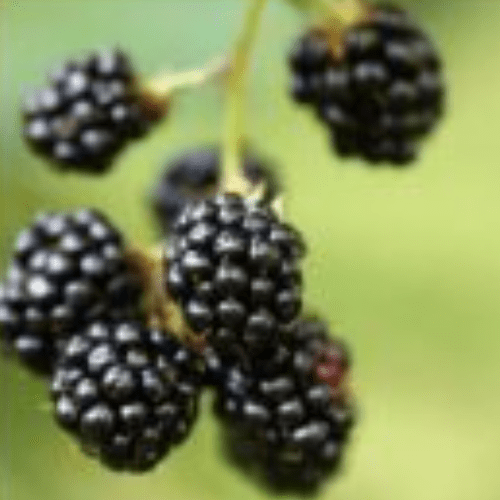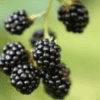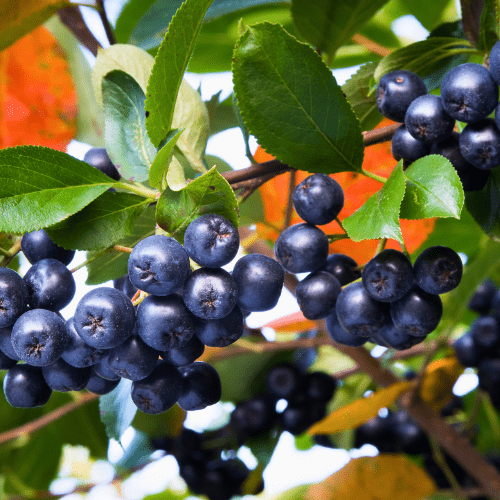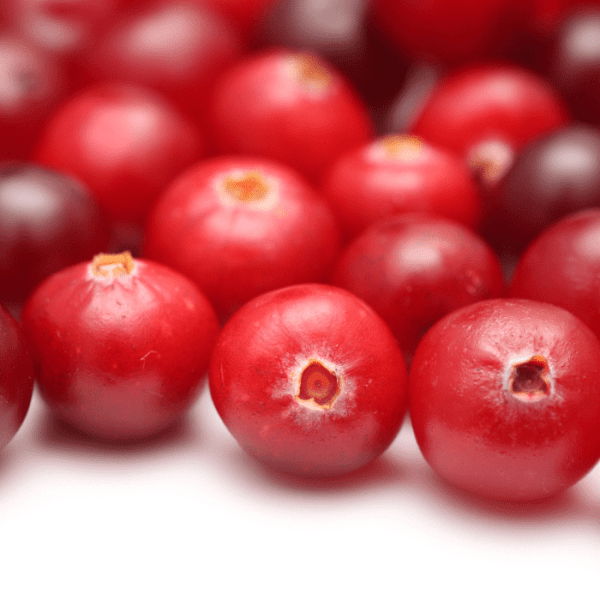Position
If possible, plant your youngberry in full sun for good flower and fruit production. They are creepers, requiring a trellis or fence to grow up.
Soil
Youngberry plants like slightly acidic soil with a pH of 5.5 and 6. Ensure the site has good drainage, and mulch it well with pine bark and green pine needles.
Dig a 50cm x 50cm deep hole and add a bag of compost or acid compost. Mix the berry mix and volcanic rock dust into the top section of this soil. Make a little hole and plant, ensuring you plant to the same the level as in the bag. Then, add the pine bark mulch on top, keeping it away from the plant’s stem. Place the plant directly into the soil mixture and cover it with pine bark mulch.
The soil kit consists of:
Watering
Youngberries do not like waterlogged soil. Once it’s been transplanted, water the plant daily in hot, dry weather. Otherwise, please give it a good 30-minute soaking every 3rd day. In winter, water it once a week (never letting it dry out completely).
Fertilising
Use our slow-release nitrogen-rich bery fertiliser. Apply 1 teaspoon every 4-5 months. The roots will absorb what they required.
Pruning
Youngberry canes proliferate and reach up to 5 metres long during their first year after transplanting. After fruiting cut those canes back completely to encourage new growth in the spring. As new shoots will grow around the plant, dig them out to prevent the plant from taking over your garden.
Pests
Preferably use preventative measures by spraying with agricultural Neem Oil or Effective Microorganisms (EM Control)
Harvesting
Fruit will begin to form in the early summer and you can pluck them when they are easy to pull off the vine.






